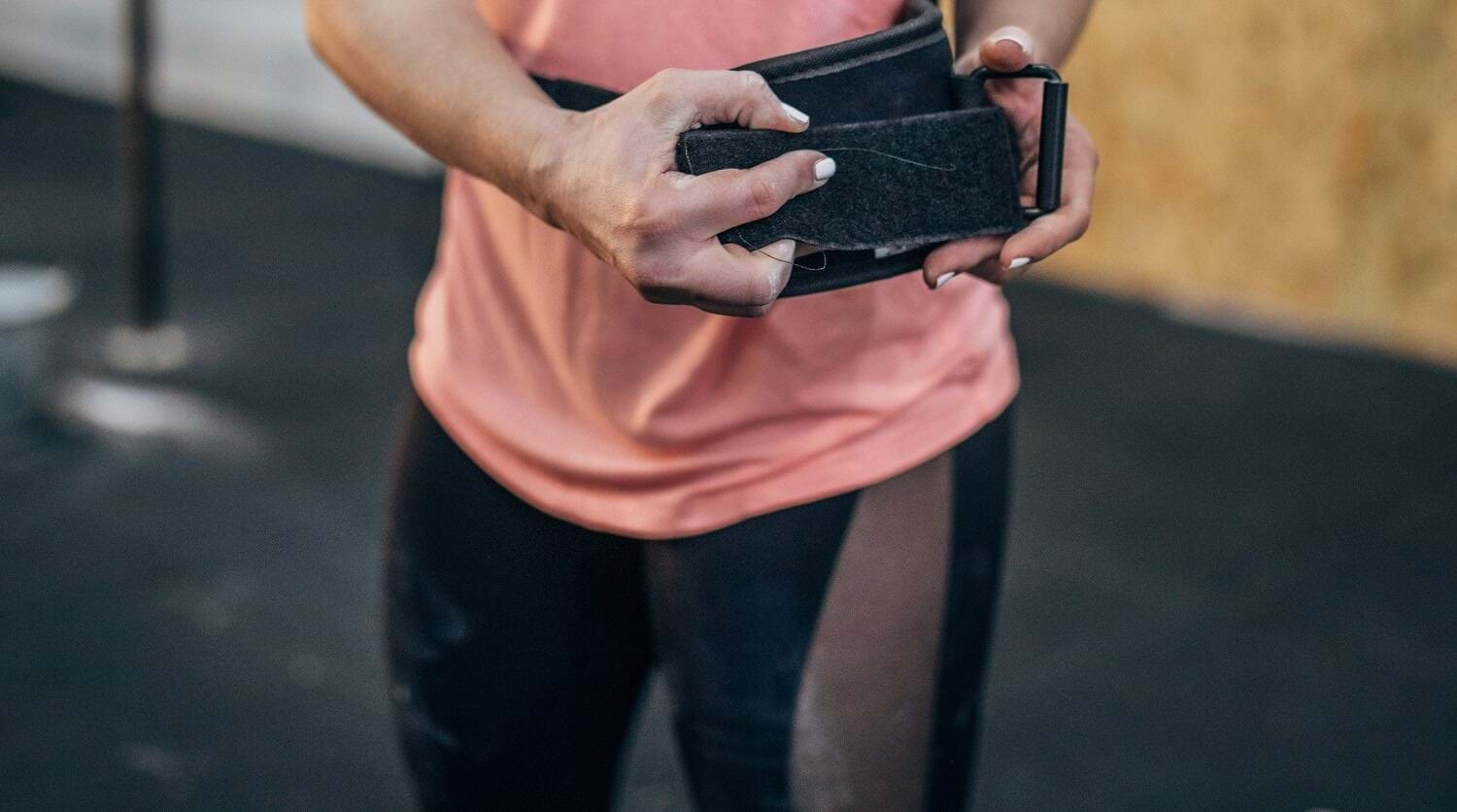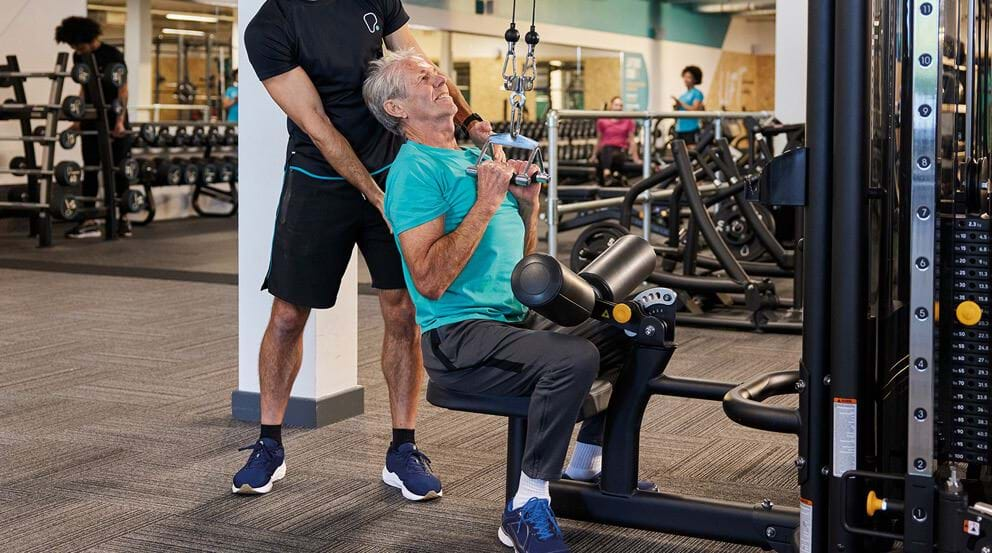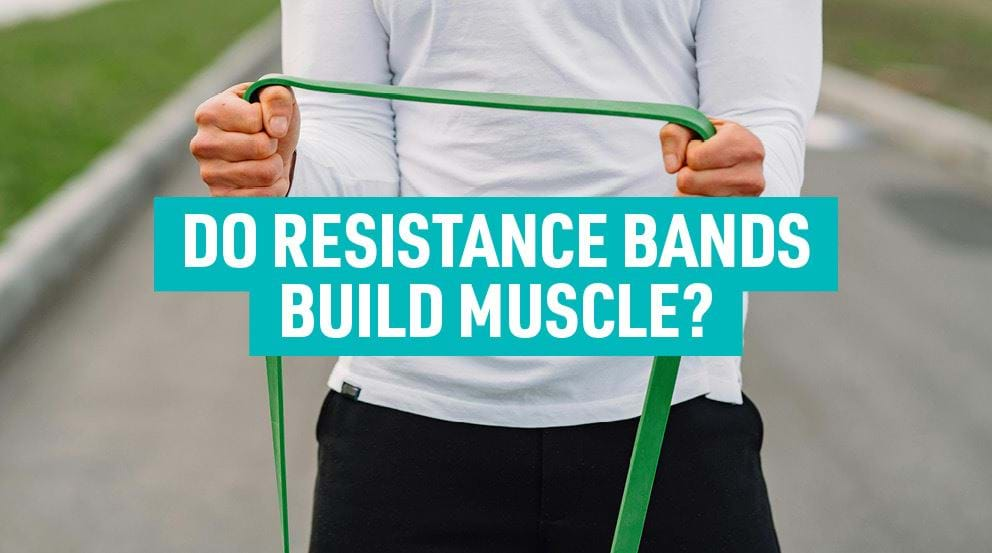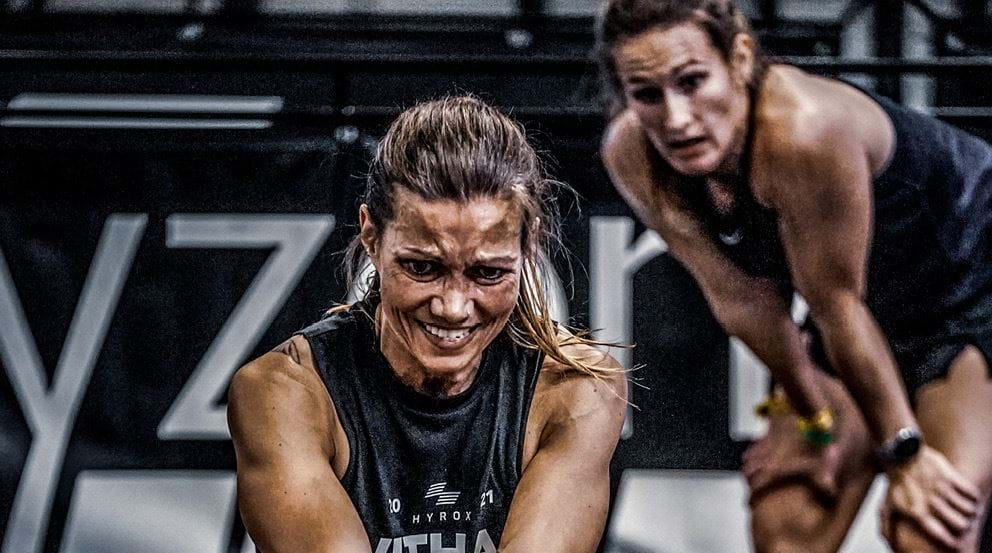Weight Training Belts: What Are They And Why Wear Them?

What Is A Weight Training Belt? | Benefits Of Weight Training Belts | Who Should Use Them | How To Wear | Choose A Weight Training Belt | 5 Workouts For Weight Training Belts
Once reserved for Olympians and powerlifters, weight training belts are now a staple for many at the gym. But how do you know if a weightlifting belt is the right move for you? And what do they even do anyway?
Read on to learn about the benefits of a weight training belt, as well as when and how to wear one.
What Is A Weight Training Belt?
A weightlifting belt is a sturdy, often leather or nylon strap designed to support your lower back and core during strength training exercises. Originally adopted by powerlifters to provide additional stability in the spine and reduce risk of injury, belts have become a popular bit of training kit for many.
What Are The Benefits Of Wearing A Weight Training Belt?
The purpose of weightlifting belts is to provide intra-abdominal pressure, reducing stress on the spine and improving overall lifting mechanics. Belts act as an extra layer of support for the core muscles and can improve your lifting performance while preventing injuries.
Wearing a weightlifting belt has a few benefits:
Reduced pressure on the lower back. Belts increase intra-abdominal pressure and give the core muscles something to brace against. This additional support reduces stress on the vertebrae and can feel more comfortable on the lower back.
**Improved posture. **While wearing a training belt will not magically improve your form, it can help to keep the correct posture while lifting.
Injury prevention. Belts stabilise the spine and surrounding muscles and can reduce over extension, bending, and twisting. This additional support can help to protect from injuries, especially when attempting to achieve a personal best or really pushing yourself.
Improved lifting performance. By helping to stabilise the core, wearing a belt allows more energy to be focused elsewhere in the lift which can improve performance. Most people are able to lift heavier weights when using a lifting belt.
Who Should Use A Weightlifting Belt?
Although wearing a belt has benefits, not everyone needs to wear one. Whether you'll benefit from a belt depends on a few things:
What lifts you're doing, and the weight. Belts are most helpful for compound exercises like squats and deadlifts, or full body movements like Olympic lifts, and specifically when moving heavy weights. If you don't do these exercises or stick with lighter weights, you're unlikely to get much out of one.
Your form. While wearing a belt can improve your biomechanics, it won't fix bad form. Work on your technique first and then look at getting a belt.
Your health. Wearing a weight training belt can elevate blood pressure, so if this is something you already struggle with it's worth speaking to your doctor first.
How To Wear A Weight Training Belt
There is no one specific way to wear a weightlifting belt, but bear these points in mind when you put it on:
- Belly button in the middle. The belt should be positioned so that your belly button is in the centre of the belt.
- Snug but not tight. You should be able to comfortably take a deep breath while you have the belt on.
- Room to breathe. You should be able to get at least one finger, but preferably two fingers, between your stomach and the belt.
Wearing a belt can increase your blood pressure so you should always loosen the belt in between sets in order to allow your blood pressure to return to normal.
How To Pick The Best Weight Training Belt
Looking for the best weight training belt? That might be tricky, as it all depends on the person.
When picking a weight training belt, the first thing you need to consider is what type of lifting you typically do, as this will determine what type of belt you need.
Powerlifting belt. These belts are for people who lift a lot of weight in movements like squats and deadlifts.
Weightlifting belt. These belts are for people who do any type of Olympic lifting, for example, snatches, clean and jerks, CrossFit, or bodybuilding.
Next, you’ll need to think about the width of the belt. Typically, weightlifting belts come in two thicknesses:
10mm. This is a good thickness for anyone thinking of using a belt for the first time. Although there is only a 3mm difference between this and a 13mm belt, the 10mm belt is often a lot more comfortable to wear, especially for people who haven't worn a belt before.
13mm. The thicker 13mm belt offers a lot more support due to the additional thickness and should be considered after having worn the 10mm belt for a serious amount of time.
Lastly, think about the material. Weight training belts are often made from leather, suede or velcro. The material you choose is down to personal preference, and don’t be afraid to try out a few different belts before settling on one. Finding one that is comfortable will be the key to ensuring that you actually wear it during your workout.
5 Exercises To Try With Your Weight Training Belt
Want to try out some exercises with your weight training belt? We've got you covered with 5 weight training belt workouts below.
Conventional deadlift. Arguably the reason most of us will buy a weight training belt. Using a weight training belt may help you lift more during a conventional deadlift.
Romanian deadlift. The less-complicated cousin of the conventional deadlift, the Romanian deadlift (RDL) focuses on the hip extension movement. If you're new to deadlifts, wearing a weight training belt while doing RDLs can help you focus on keeping your spine neutral.
Back squats. Sometimes called belt squats if done wearing a weight lifting belt, using a belt while doing back squats means you can add more weight without putting additional pressure on your lower spine or the upper body.
Barbell rows. Barbell bent over rows are perfect compound exercises to work your back and biceps, and wearing a weight training belt means that you'll be able to add more weight while still focusing on the upper back.
Bench press. You shouldn't find that bench presses are putting too much pressure on your lower back, as you are already lying down. However, wearing a belt may help you increase how much weight you can bench.
For some full workout plans you can try with your weight training belt, you could try our bodybuilding workout plan, or this gym workout plan for gaining muscle.
Weight training belts can become a core part of your gym gear as you train more, especially if you're focusing on lifting more and more weight. But always remember that a weight training belt isn't the remedy for poor form. If you need help with deadlift form, here's how to improve your deadlift form in 5 steps.
Need more personalised help? Book a session with one of our personal trainers, who can give you specialist advice on whether a weight training belt is right for you.
For even more fitness ideas, our Workout Exercises and Routines section has you covered. Are you ready to get started on your fitness journey? Then find a gym near you and get started today


